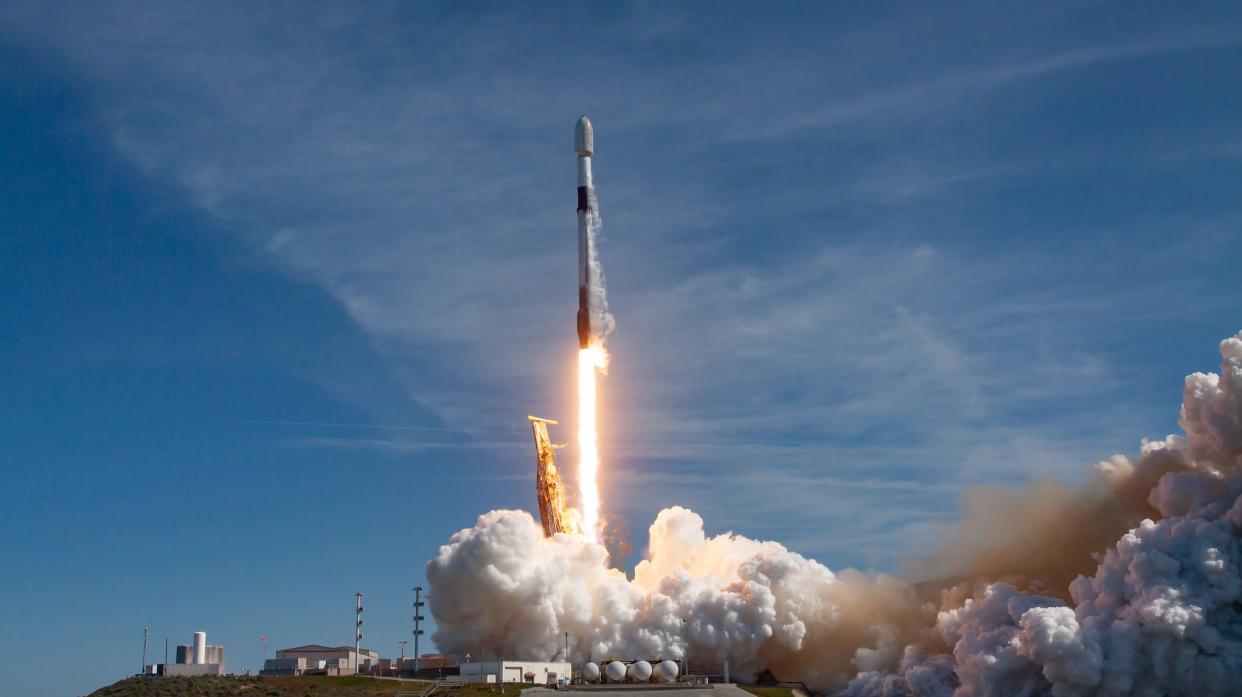Watch SpaceX launch 15 Starlink satellites to orbit early Wednesday

A SpaceX Falcon 9 rocket will send another batch of the company's Starlink internet satellites to orbit early Wednesday (July 19), and you can watch the action live.
A Falcon 9 rocket topped with 15 Starlink spacecraft is scheduled to launch from California's Vandenberg Space Force Base on Wednesday at 1:25 a.m. EDT (0525 GMT; 10:25 p.m. on July 18 local California time).
You can watch the liftoff live here at Space.com, courtesy of SpaceX, or directly via the company. Coverage is expected to begin about five minutes before launch.
Related: 8 ways SpaceX has transformed space travel

If all goes according to plan, the rocket's first stage will return to Earth for a vertical touchdown about 8.5 minutes after launch on the SpaceX droneship Of Course I Still Love You.
It will be the 10th liftoff and landing for this booster, according to a SpaceX mission description. The record for a Falcon 9 first stage is 16, set on July 9 and tied on July 15.
The Falcon 9's upper stage will continue carrying the 15 Starlink satellites to low Earth orbit (LEO), deploying them there about 15 minutes after launch.
RELATED STORIES:
— SpaceX rocket launches on record-setting 15th mission, lands on ship at sea (video)
— 8 ways that SpaceX has transformed spaceflight
Starlink is SpaceX's constellation of broadband satellites, which currently consists of 4,450 operational spacecraft in LEO, according to astrophysicist and satellite tracker Jonathan McDowell.
That number will continue to rise far into the future. SpaceX has permission to loft 12,000 Starlink satellites and has applied for approval to deploy another 30,000 on top of that.

